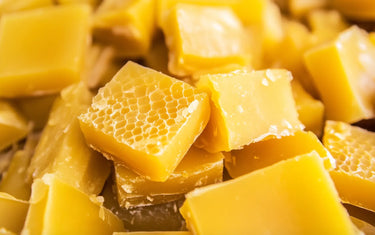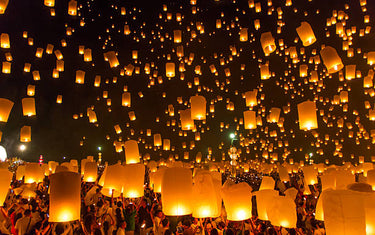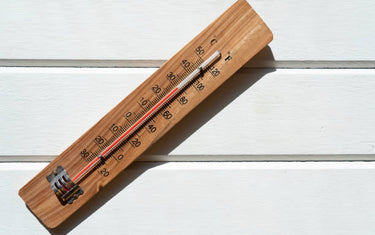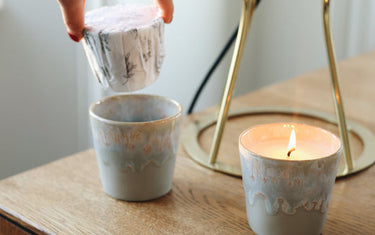5 min read / 7 October 2023 / yasmin sharp
CLP Compliant Label: A Complete Guide
Master CLP Compliant Labels for non-cosmetic crafting with our complete guide.
Share this post
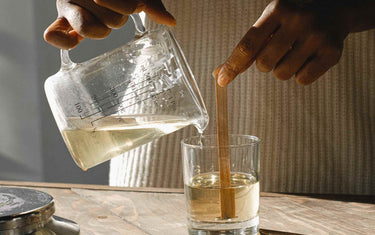
CLP compliant labels for candles, wax melts, home sprays and all non-cosmetic products are a requirement for all products being sold to the public.
But because there are quite a few details that need to be included, knowing what you need to do isn’t always easy.
If you are getting ready to sell your non-cosmetic products and want to understand the latest compliance guidelines, we explain what’s on a CLP label, covering everything from health warnings to language requirements.
Why are CLP labels important?CLP labels play an important role in protecting the environment and health of customers who use non-cosmetic products containing hazardous mixtures or substances such as fragrance oils or essential oils. The information included in a CLP label informs the individual about any potential health and safety risks so they can use the product accordingly. Since 2008, they have been a legal requirement for all non-cosmetic products sold in Europe and the UK that contain hazardous mixtures or substances. This means if you are planning to sell scented candles, reed diffusers, wax melts or home sprays that contain essential oils or fragrance oils, the product must feature a CLP label. Adding a CLP label to your product also ensures your business remains compliant with current legal guidelines, so there is adequate protection in place should an issue relating to usage of your product arise. |

What are the CLP label requirements?
A CLP compliant label should contain the following:
Contact details
This displays the name, address and telephone number of the supplier(s).
Nominal quality
CLP labelling guidelines also require you to display the nominal quality of the mixture or substance in the product (this is only needed when it is being made available to the public).
Product identifiers
For products that are mixtures, product identifiers display the trade name or designation of the mixture, which must either be the CAS No. or identification name of the product substance. Products that are substances, you must display the name and the CAS/EC number of the product.
Hazard pictograms
If the product contains elements that are classed as hazardous, you must include hazard pictograms that represent the potential health risks.
A hazard pictogram is a simple pictorial representation of the hazard posed by the mixture or substance. They should be displayed in the shape of a square set at a point (i.e. a diamond shape), with a white background, red border and black symbol inside the square. It should be at least one-fifteenth of the surface area of the label, whilst also being no smaller than 10mm x 10mm.
Signal word
The signal word is displayed to inform the customer about the severity of the hazard. Use the word “Warning” for hazards that are less severe or “Danger” for more severe hazards on the product label.
Hazard statements
CLP compliant label standards require you to include hazard statements that detail the nature or degree of the hazard of a chemical mixture or substance.
For example, you would use hazard code H240 (heating may cause an explosion) if the product could pose a risk when placed close to heat sources for a certain period. Or H335 (may cause respiratory irritation) if it is not recommended that the product should be inhaled by the customer.
The text used in these statements must correspond to the guidelines described in CLP Annex III.
Precautionary statements
This is where the measures that can be used to minimise or prevent adverse effects are displayed. A maximum of six precautionary statements can be included on the product label.
For example, you can use p-phrases to summarise the precautionary statements, such as P102 (keep out of reach of children) or P403 (store in a well-ventilated place).
Supplemental information
When a mixture or substance has been classed as hazardous, the supplemental information includes additional information that is relevant to the product and that could be helpful for the consumer.
Examples of how this should be displayed on the label include using codes such as EUH014 (Reacts violently with water) or EUH006 (explosive when dry).

What language should I use if I am selling in a different country?
If you are selling the product in a different country, CLP regulations require that the label is printed in the official language of that country.
A CLP compliant label example would be if you live in the UK and wanted to place the product onto the French market. This would mean the label would have to be produced in French before it could be made available to the public.
To make things easier, you can use multi-model labels. So, using the example above, if the product is being sold in the UK and France, the label can display the required information in both languages.
What is the size of a CLP label?
To ensure customers can see the information clearly on the product label, the following size requirements should be followed:
| Package capacity | Label dimensions (mm) | Pictogram dimensions (mm) |
|---|---|---|
| Under 3 litres | At least 52 x 74 | Not smaller than 10 x 10 – if possible, at least 16 x 16 |
| Over 3 litres but under 50 litres | At least 74 x 105 | At least 74 x 105 |
| Over 50 litres under 500 litres | At least 105 x 148 | At least 32 x 32 |
| Over 500 litres | At least 148 x 210 | At least 46 x 46 |
If the dimensions are too small for a flat label, CLP regulations allow you to use tie-on tags, fold-out labels or outer packaging, although there are also strict conditions for these.

Creating a CLP compliant label for wax melts, scented candles and any non-cosmetic product containing a hazardous substance or material requires a fair amount of research. However, the guidelines are in place to protect the environment, customers and your business, so it’s important that all the relevant details are included. In addition to detailing the health hazards and risks related to your product, there are also label dimensions and language requirements that need to be followed. Although there is a lot to cover, further details about CLP requirements can be found on the Health and Safety Executive website, which is a good place to get started.



